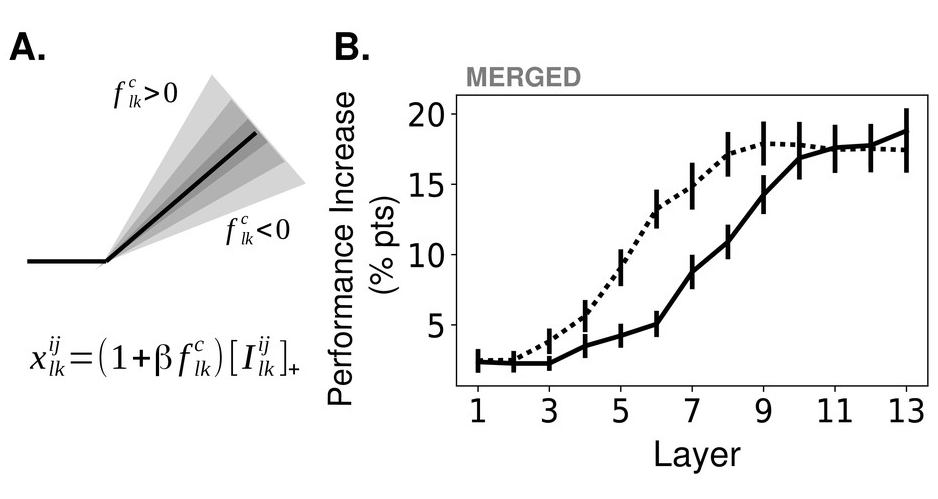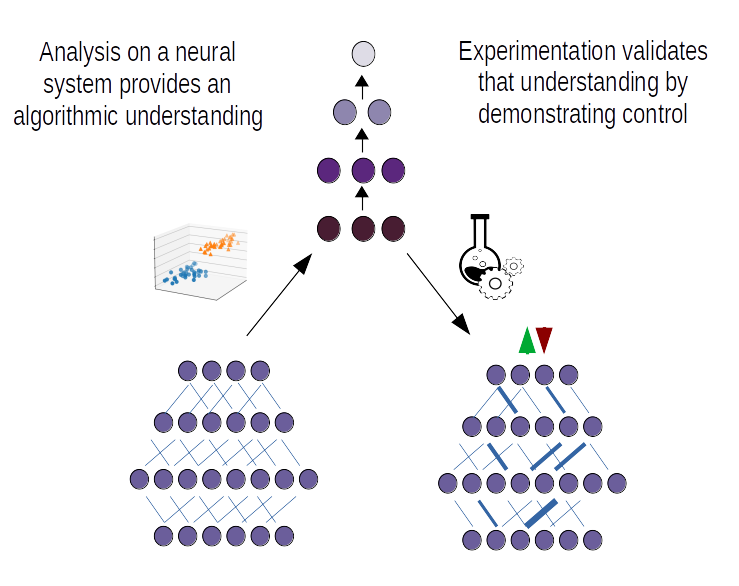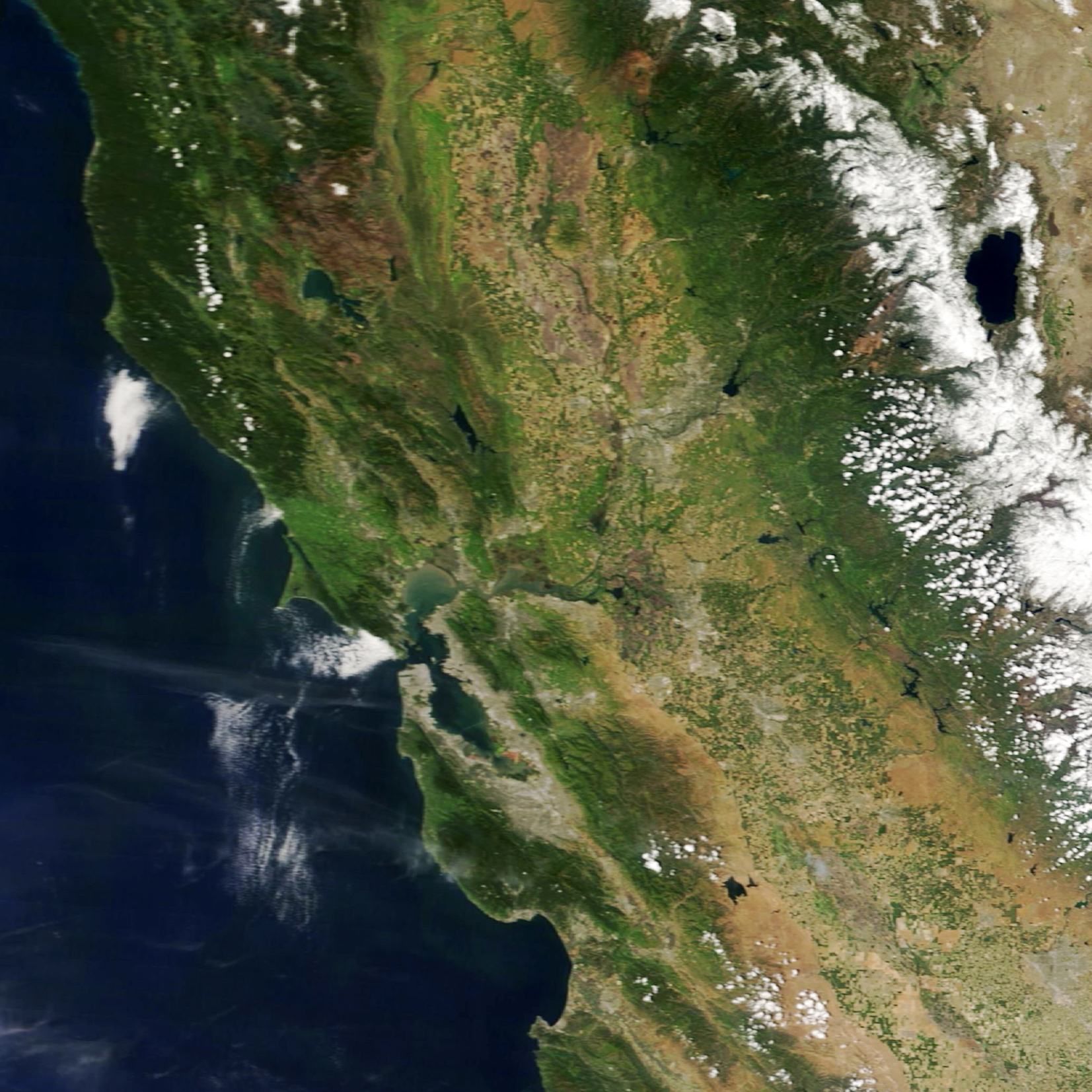Research
For a full list of publications, see Google Scholar.

Modeling attention with artificial neural networks
Attention as a term is widely-used yet remains difficult to define productively. A common feature across different concepts of attention, however, is its ability to impact behavior, usually in a positive way. Artificial neural networks (ANNs) are a smart choice for exploring the neural mechanisms of attention because ANNs use populations of neurons to perform challenging tasks. Therefore, they can be used to explore how changes in neural activity, like those associated with attention, can impact performance. The lab is currently engaged in work that compares mechanisms of auditory and visual attention and models the relationship between attention and learning.

Understanding neural systems
The brain is an evolved high-dimensional, nonlinear, hierarchical, and recurrent dynamical system that spans temporal and spatial scales and gives rise to dynamic and adaptive behaviors. This makes it difficult to study. Artificial neural networks are also high-dimensional, nonlinear, and hierarchical systems that use distributed computation to produce intelligent behaviors. AI researchers are seeking ways to understand the inner workings of these networks. Tools developed by neuroscientists to study the brain may be helpful for interpreting ANNs, but only if these tools provide an accurate and actionable understanding of neural systems. The lab is actively working to test the tools of neuroscience on ANNs in order to help neuroscientists analyze neural data and bring the fields of neuroscience and interpretable AI closer together.
Key paper: Testing the Tools of Systems Neuroscience on Artificial Neural Networks

Applying data science and machine learning to climate change
To mitigate and adapt to climate change requires solving thousands of problems spread across all sectors of society. Machine learning and data science have a role to play in many of these problems. The Lindsay Lab partners with organizations and researchers to assist with applied climate work. At this time, most of this work centers around the analysis of remote sensing data, particularly aerial and satellite imagery. Grace is currently working, for example, with the non-profit Collaborative Earth as the lead of the Beaver Lab, which studies the positive enviornmental impacts of beavers in river ecosystems.
